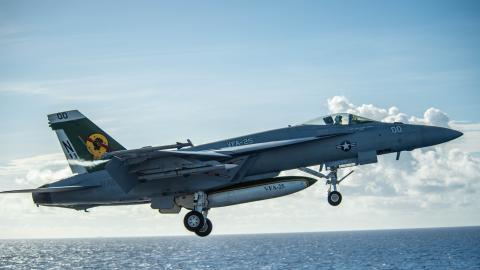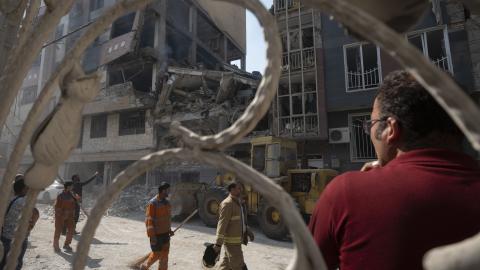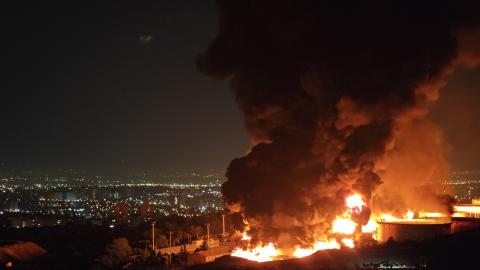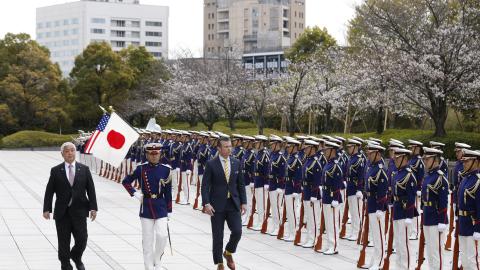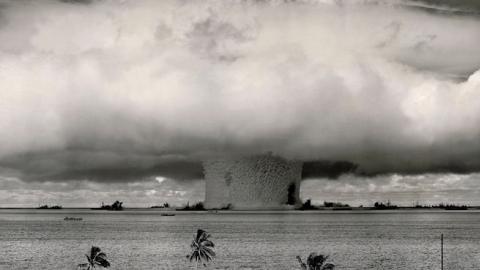Barack Obama has done more than any predecessor to increase presidential power and diminish Congress’s constitutional role. He gave the Senate virtually no voice in the Iran nuclear deal and he now plans to undercut the Senate’s treaty-making authority even further. The subject this time is the Comprehensive Test Ban Treaty, a 1996 agreement to ban explosive testing of nuclear weapons.
The Senate has already considered and rejected the CTBT. To circumvent Congress, Mr. Obama wants the United Nations to declare nuclear tests illegal. This is an affront to the Constitution and bad nuclear policy.
The United States has not done an explosive nuclear test since 1992. U.S. officials rely on computer simulations to ensure nuclear-weapon safety and reliability. The no-test policy was adopted as a nuclear nonproliferation gesture, in hopes of persuading other countries to similarly restrain themselves. Yet experts worry that the safety and reliability of U.S. nuclear weapons cannot be ensured forever without tests, for there are uncertainties in the relevant chemistry and physics. At some point computer simulations may not provide enough confidence.
Then-Secretary of Defense Robert Gates noted in a 2008 speech that U.S. nuclear weapons “were designed on the assumption of a limited shelf life.” Because “sensitive parts do not last forever,” he said, the U.S. re-engineers them to extend their lifespan, but “with every adjustment we move further away from the original design that was successfully tested when the weapon was first fielded.” At some point, he warned, it will become “impossible to keep extending the life of our arsenal, especially in light of our testing moratorium.”
Because the U.S. no-test policy is a unilateral measure, any president can change it in the future. If America became a CTBT party, however, that policy would harden into a permanent international legal obligation to refrain from testing.
Negotiated in the 1990s, the CTBT won approval from the U.N. General Assembly in 1996 and President Bill Clinton promptly signed it. He then asked the Senate to ratify.
Senate opponents of the CTBT highlighted a number of flaws. Among the gravest was lack of agreement on what the treaty prohibits. The bipartisan 2009 Perry-Schlesinger commission report summarized the opponents’ case: “The treaty remarkably does not define a nuclear test. In practice this allows different interpretations of its prohibitions and asymmetrical restrictions. The strict U.S. interpretation precludes tests that produce nuclear yield. However, other countries with different interpretations could conduct [low-yield] tests . . . . Apparently Russia and possibly China are conducting low-yield tests.”
Senators also complained that the CTBT isn’t verifiable or enforceable: The Russians, Chinese or others could violate it and the U.S. would not necessarily be able to detect, let alone prove, the violation. Taking effective action to compel compliance would be difficult or even impossible.
Allies and partners around the world have positioned themselves for decades under America’s so-called nuclear umbrella. Rather than create their own nuclear arsenals, they rely on America for their security. This makes America—and the world—safer than if there were numerous nuclear states.
Imagine, however, the following scenario: Technical problems develop in U.S. warheads and responsible scientists say that tests are needed to confirm reliability. If America were legally bound not to test, that would undermine faith in its nuclear umbrella and other countries might decide they need their own nuclear weapons. The CTBT could thus aggravate the very problem of nuclear proliferation that it was created to help solve.
These concerns led the Senate in 1999 to reject the CTBT. The rejection was not close. Instead of receiving the necessary two-thirds majority (67 votes) for approval, the CTBT won 48 votes, while 51 senators voted against it.
Despite this, President Obama wants to make U.S. nuclear tests illegal, and an unprecedented maneuver in the U.N. would allow him to shut the Senate out. Mr. Obama plans to propose a U.N. Security Council resolution declaring that any nuclear test would be an action inconsistent with the CTBT’s “object and purpose.” Under international law, this would make the ban applicable to countries that are merely treaty signatories—that is, those that have signed but not ratified. The U.S. remains in that category even though the Senate voted the treaty down.
Mr. Obama wants to attach the label “illegal” to nuclear testing without the Senate’s advice and consent. This is the way progressive transnational lawyers use courts and multilateral organizations to circumvent legislatures.
A future U.S. president could, in effect, unsign the CTBT, but that doesn’t make it proper for Mr. Obama to abuse international legal mechanisms to inflate his executive power at the expense of the Senate. In this particular presidential election season, it’s especially important to show respect, not contempt, for the Constitution.








